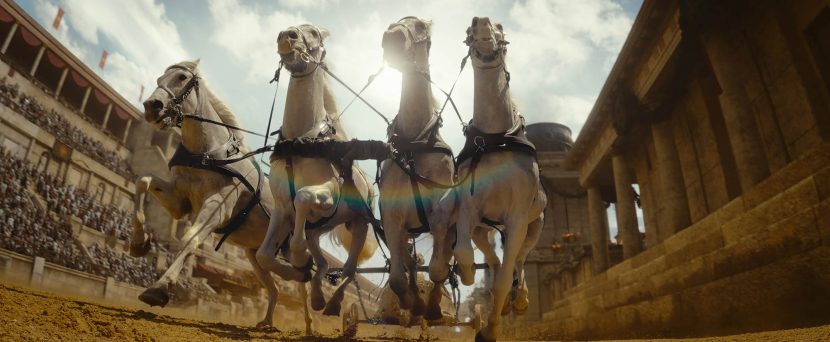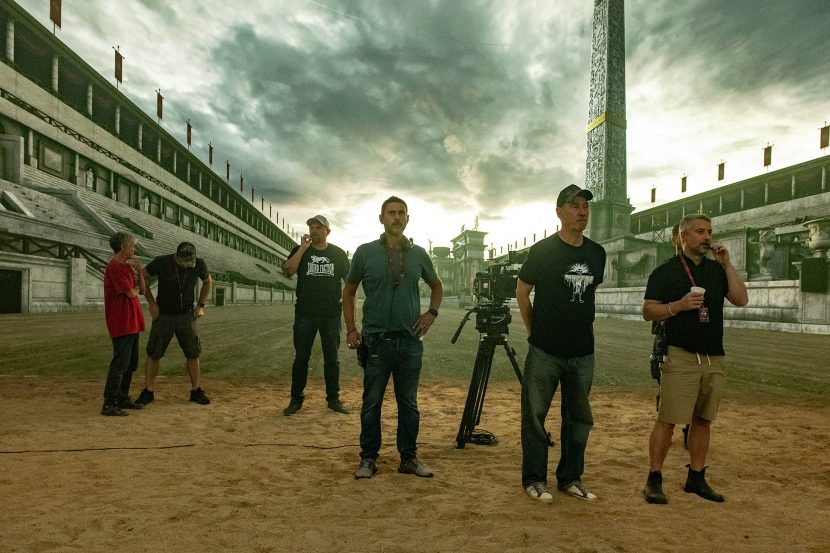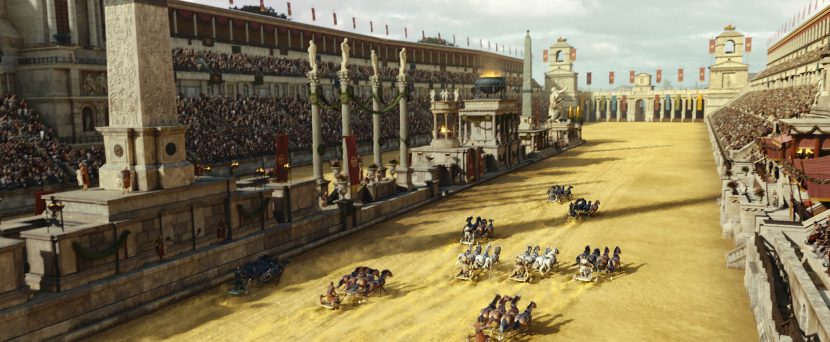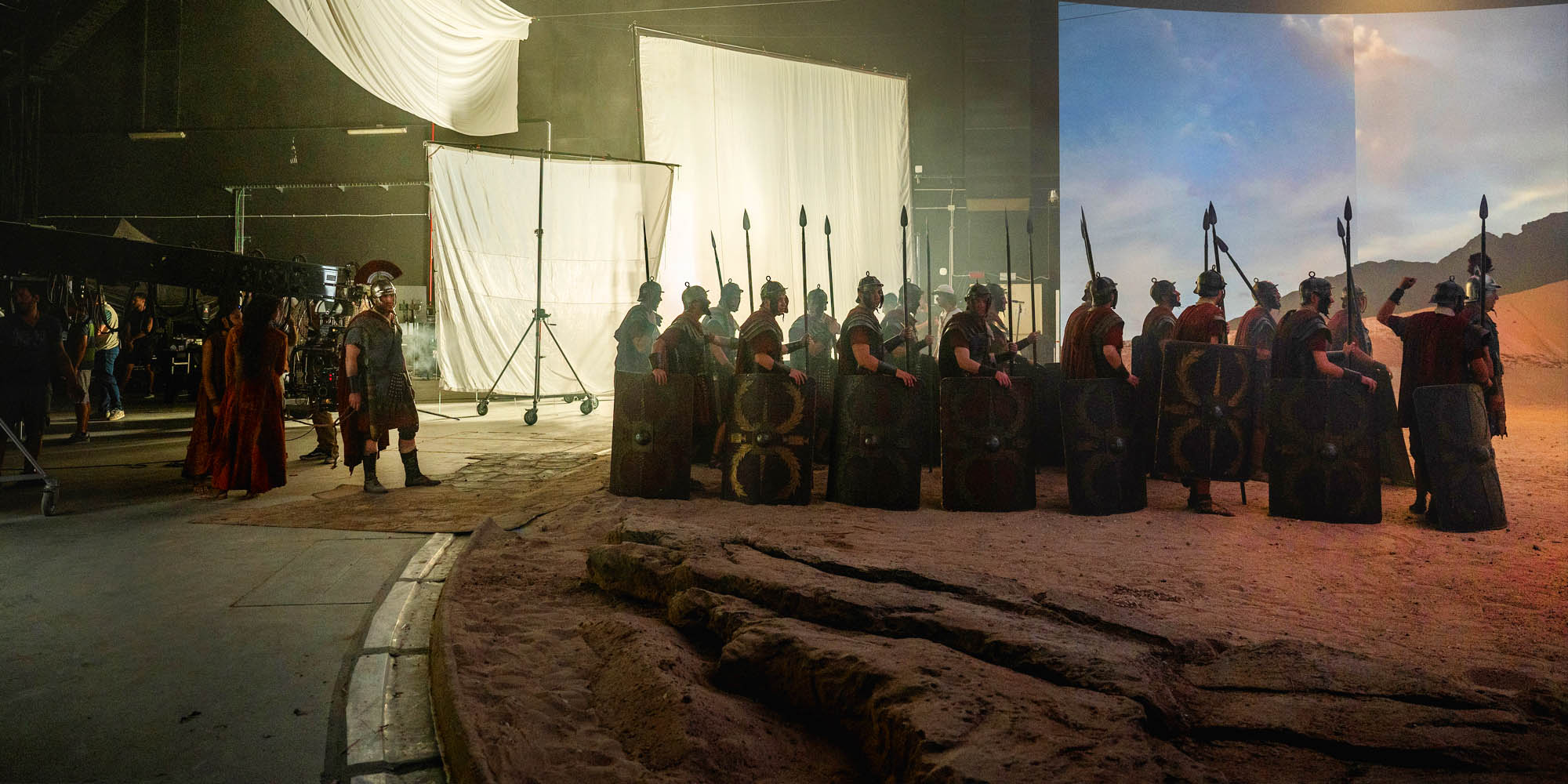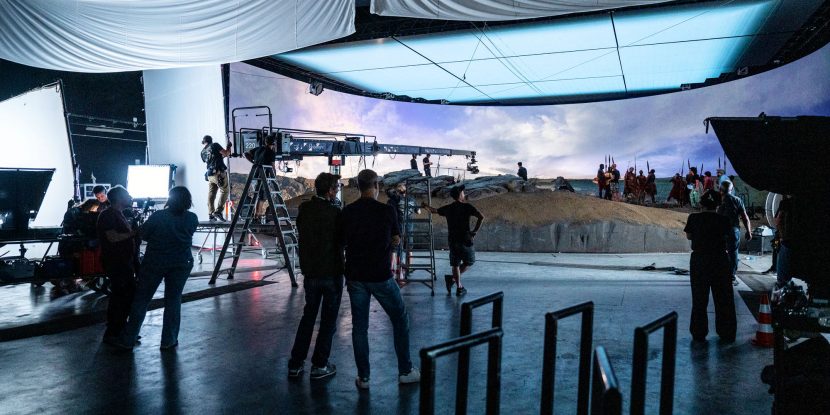For Those About To Die is an epic historical drama series directed by Roland Emmerich. The director is known as the “master of disaster”. This was his first move into series television, being very well known for his Sci-Fi epics such as Independence Day, Godzilla, The Day After Tomorrow, White House Down, and Moonfall.
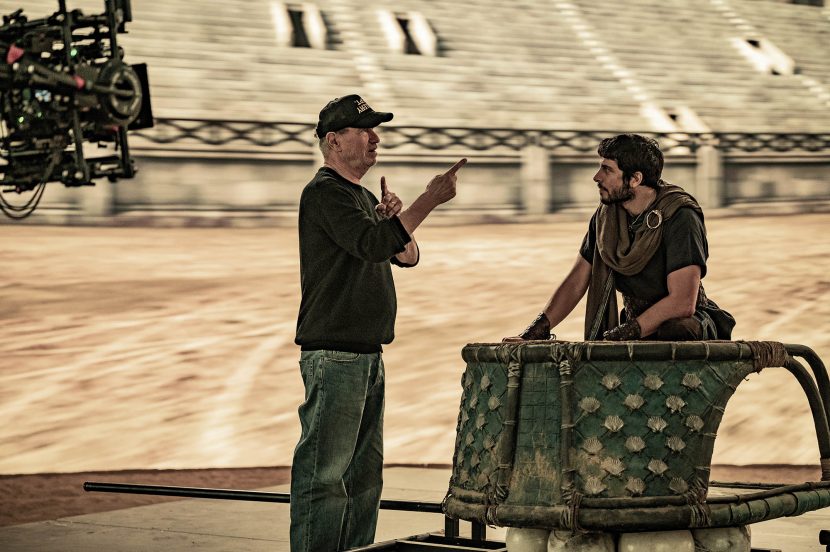
Pete Travers was the VFX supervisor on For Those About To Die. The team used extensive LED virtual production, with James Franklin as the virtual production supervisor. We sat down with Pete Travers and James Franklin to discuss the cutting-edge virtual production techniques that played a crucial role in the series’ completion.
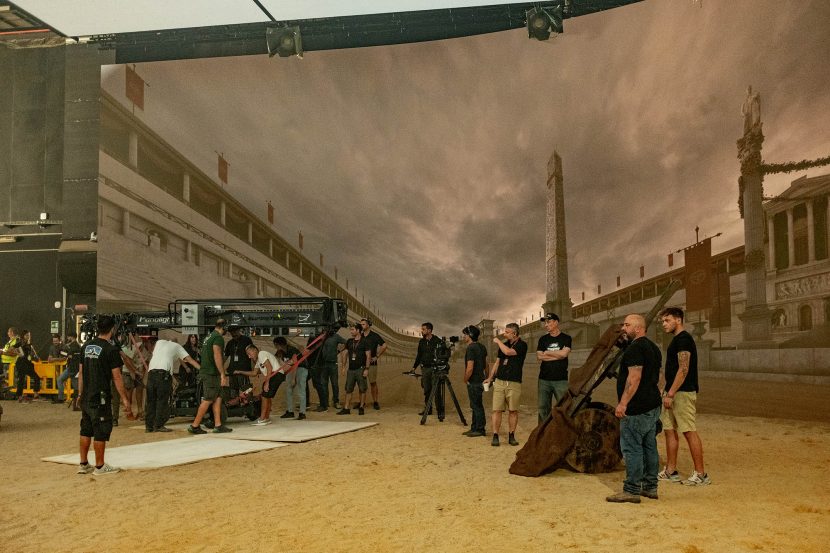
The team worked closely with DNEG as we discuss in this week’s fxpodcast. We discuss how virtual production techniques enhanced the efficiency and speed of the 1800 scenes which were done with virtual production and how this meant the production only needed 800 traditional VFX shots to bring ancient Rome to life and enabled the 80,000-seat Colosseum to be filled with just a few people.
The LED volume stages were at Cinecitta Studios in Italy, with a revolving stage and the main backlot right outside the stage door. As you will hear in the fxpodcast, there were two LED volumes. The larger stage had a rotating floor, which allowed for different angles to be filmed of the same physical set (inside the volume), and the floor rotated, and so could the images on the LED walls.
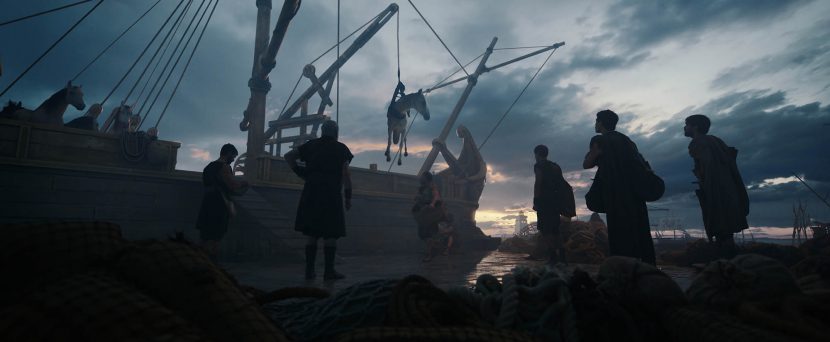
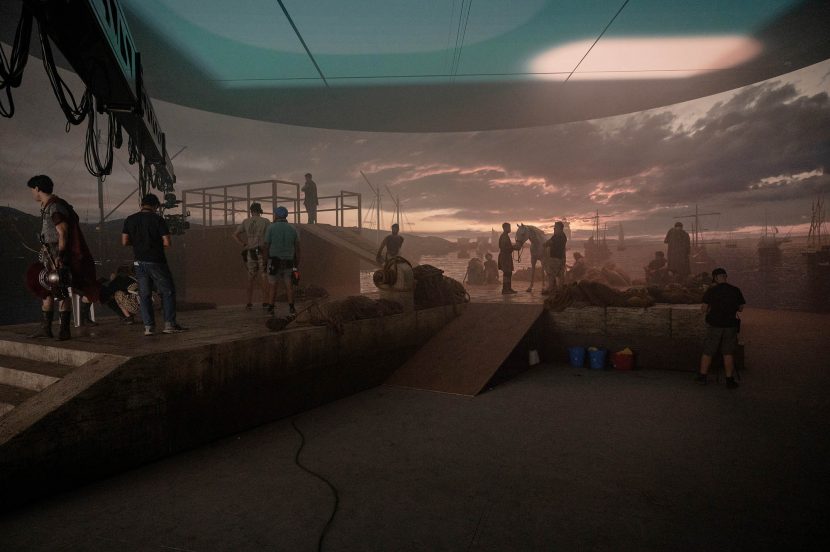
We discuss in the podcast how the animals responded to the illusion of space that an LED stage provides, how they managed scene changes not to upset the horses, and how one incident had the crew running down the street outside the stage chasing runaway animals!
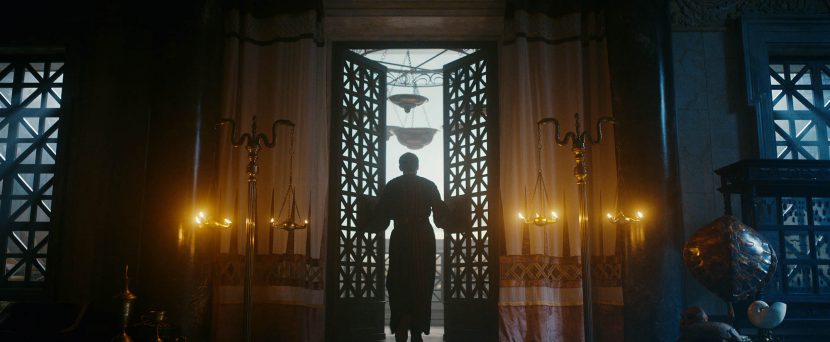
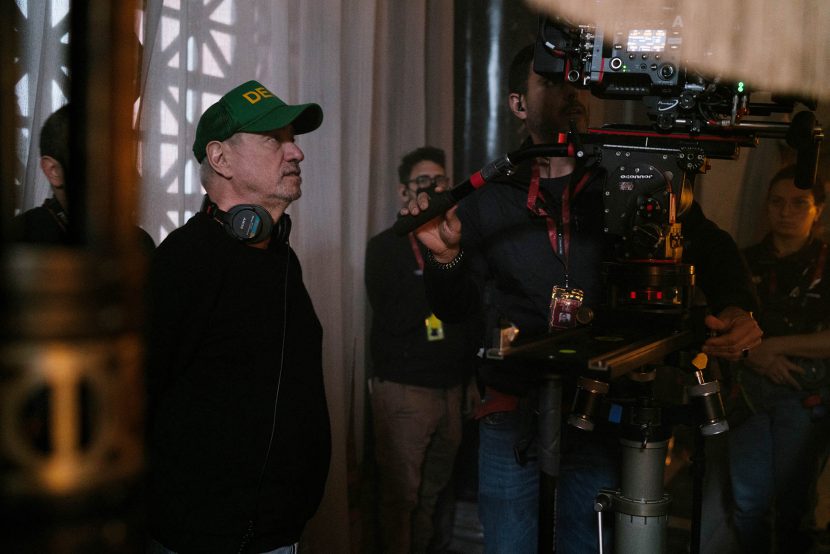
The team shot primarily on the Sony Venice 2, but the director is known for big wide-angle lens shots – but trying to film an LED stage on a 14mm lens can create serious issues.
